#antarctic animals
Text

Midnight Sun.
[ID: an illustration depicting the midnight sun - a natural phenomenon that occurs in the Arctic and Antarctic circles, where the sun remains visible at midnight. It looks a lot like a sunset, and is observed in this illustration by an arctic wolf, looking backward with one paw raised, with a serene expression. End.]
1K notes
·
View notes
Photo

Crabeater seal at Palmer Station
A crabeater seal lounging at Palmer Station, Antarctica. Despite their name, crabeater seals only eat Antarctic krill and use their specially shaped teeth to filter out the seawater.
Credit: Mike Lucibella/NSF
#mike lucibella#photographer#national science foundation-ocean observatory initiative#crabeater seal#seal#animal#mammal#arctic national wildlife refuge#palmer station#antarctica#antarctic krill#nature
191 notes
·
View notes
Text
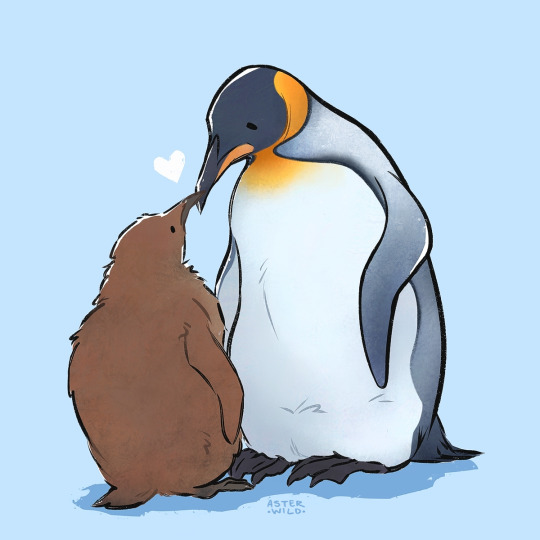
King Penguin (Aptenodytes patagonicus)
#penguins#king penguin#birds#antarctic#animals#animal art#cute art#digital art#id in alt#postcard prints of this are in my shop!#this is my personal favorite
2K notes
·
View notes
Text
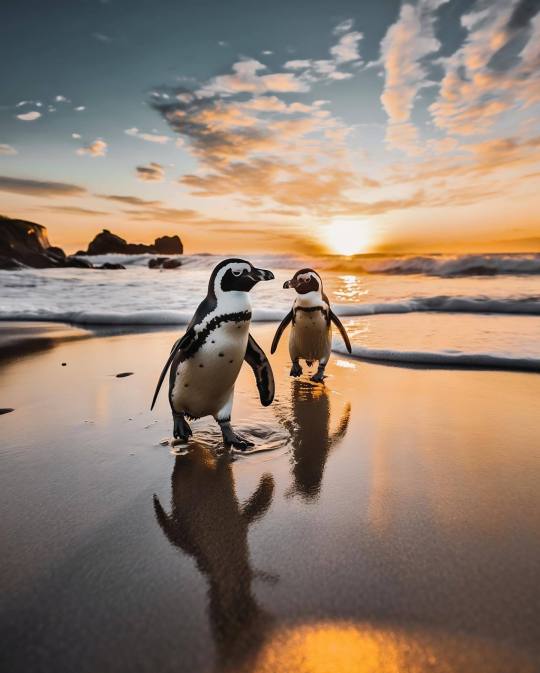
Love these nice guys 💛💛
📷@ fernlichtsicht
93 notes
·
View notes
Text

i love you nansen the belgica mascot
43 notes
·
View notes
Text

Antarctic prion and Gibson's albatross, Chris Burwell
172 notes
·
View notes
Text

@ Birger Strahl
See more cute animals.
#antarctica#animal#animals#cute animals#animal photography#wildlife#wildlife photography#penguin#penguins#antarctic#antarctic penguins#nature#naturecore#winterscape#snow#li_destinations
117 notes
·
View notes
Text
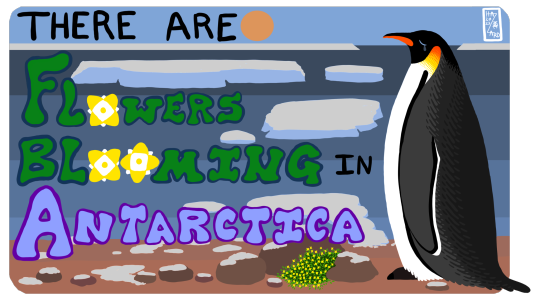
Kept seeing this quote and some variation of it, so I felt like drawing something to fit the vibe.
One of the flowering plants that I chose is the “Antarctica Pearlwort” I also chose an emperor penguin since they were the most affected by the ice melt this yr, losing over 10,000 chicks in a colony.
#art#digital art#bird#penguin#emporer penguin#emporer#glacier#antarctica#antarctic pearlwort#flowers are blooming in Antarctica#flowers blooming#flowers#flower#pearlwort#animal art
19 notes
·
View notes
Photo

Antarctic Krill (Euphausia superba)
Family: Typical Krill Family (Euphausiidae)
IUCN Conservation Status: Least Concern
Found in the waters surrounding Antarctica, the Antarctic Krill is one of the most abundant species of animals on earth: there are an estimated 400 trillion members of this species alive at any given time, making up a total biomass of around 500 million tons. While many marine crustaceans live on or near the sea floor, Antarctic Krill are free-swimming animals that inhabit the open ocean and may be found at depths of anywhere from 0 to 3000 meters, typically living in enormous social groups (known as schools or swarms) that may become so dense that more than 10,000 individuals can be found in each cubic meter of water the school occupies. Like all krill Antarctic Krill feed on phytoplankton (plankton that sustain themselves through photosynthesis), and in doing so fill the ecological role of primary consumers - phytoplankton produces nutrients using sunlight, Antarctic Krill consume phytoplankton and take those nutrients into their bodies, and larger, carnivorous animals (such as whales, seals, penguins and various fishes) can then sustain themselves by consuming the krill. As such, almost all animal life in Antarctica is directly or indirectly reliant on Antarctic Krill as a food source, with some species having adapted specifically to consume krill (the Crabeater Seal, for example, has developed comb-like teeth that allow it to filter krill, which make up around 98% of its diet, out of the water.) Antarctic Krill spawn in the mid-to-late Antarctic summer (between January and March), with males attaching packets of gametes to the underside of a female that fertilizes her eggs as they leave her genital pore - after being fertilized the eggs spend several days sinking into the open ocean below their parents, meaning that when they hatch the larvae find themselves at depths of around 3,000 meters, where krill-eating vertebrates are scarce. The larvae take 2-3 years to reach maturity, and as they develop they gradually migrate upwards towards the surface, eventually reaching the phytoplankton-rich epipelagic zone and joining a swarm by the time they are juveniles - during their journey from the deep waters in which they are born to the surface (which takes about 3 weeks) young Antarctic Krill do not need to eat, instead surviving entirely on a sac of yolk they obtain from their eggs. Antarctic Krill are bioluminescent, with light-producing organs on the bases of their eyestalks and on various points on their limbs that briefly but repeated emit a bright yellowish-green light when in dark conditions. The purpose of this luminescence is unclear, but it has been theorized that it may aid the krill in coordinating their swarms or finding mates at night or when in deep water.
--------------------------------------------------------------------------
Animal Advent Calendar - Day 20
Image Source: https://www.inaturalist.org/taxa/344134-Euphausia-superba
#december 20th#Antarctic Krill#krill#zoology#biology#entomology#marine biology#crustaceans#marine invertebrates#wildlife#antarctic wildlife#arthropods#animal#animals
91 notes
·
View notes
Note
Trick or treat! (Penguin)
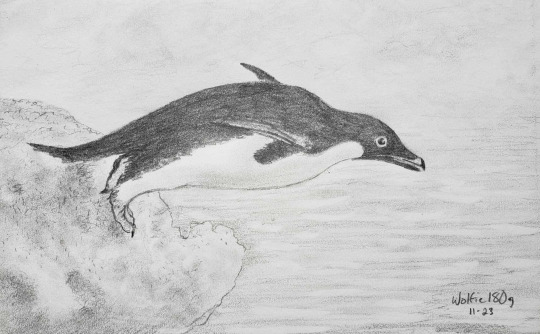
Taking the leap!
@grievingangelhopefuldemon
Sorry for the delay! I think this was the cutest penguin and I just had to draw it :)
Reference photo under the cut

#penguin#trick or treat#happy halloween#belated#tumblrween#Pencil drawing#sketch#black and white#tuxedo#birb#diving penguin#animal#bird#traditional art#shut it wolfie#wolfie180g#commission#late af! the rest are gonna be even more late because I'm looking for work#arctic wildlife#antarctic life#which one is it?
11 notes
·
View notes
Text
Animal of the Day!
Antarctic Toothfish (Dissostichus mawsoni)
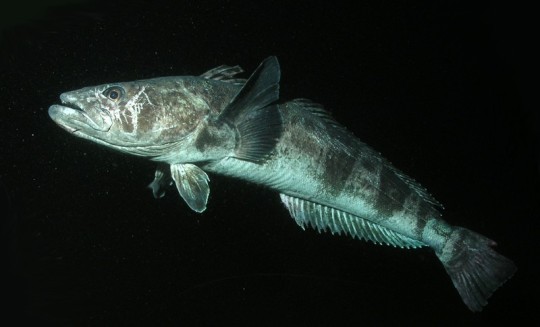
(Photo in Public Domain)
Conservation Status- Unlisted
Habitat- Southern Ocean
Size (Weight/Length)- 130 kg; 2 m
Diet- Shrimp; Squid; Small fish; Crabs
Cool Facts- The Antarctic toothfish is the largest fish to live in the southern ocean’s subzero waters. Despite having a tooth filled mouth, these toothfish are not sharks and eat mostly shrimp and squid. Antarctic toothfish rarely eat, so they create mass fat reserves after feasting on shrimp blooms allowing them to not eat for weeks at a time. Despite the freezing waters these fish live in, they aren’t fazed. Instead the Antarctic toothfish creates antifreeze in its blood despite its body temperature barely exceeding freezing. As these toothfish are the topic fish predator in the southern ocean, scientists use their presence to estimate the health of the entire ecosystem.
Rating- 12/10 (Me too, Antarctic toothfish. Me too.)
Animtober- Gear (Adapted for its environment.)
#Animal of the day#Animals#Fish#Marine creatures#Sunday#October 30#Antarctic toothfish#biology#science#conservation#the more you know#Animtober#Inktober#Gear
94 notes
·
View notes
Text
Creature Awaits #231
Each week I plan to feature an amazing creature, admiring God's fantastic artistry. Hopefully it’ll brighten someone’s day to see something new and interesting if they haven’t seen it before. : )
Continuing our October series.. "Cute…but Deadly" : )

(Beautiful photography by Jeff Lipshitz of the Channel City Camera Club (CC BY 2.0 Deed))
The Leopard Seal
Scientific Name: Hydrurga leptonyx
Region: The Antarctic
Size: About 7.9'-11.5' (~2.4m-3.5m) long & weigh about 440lb-1,320lb (200kg-600kg)
Interesting Notes: Though adorable at a distance, Leopard Seals can definitely be deadly up close. Though attacks on humans are rare, there are recorded instances of these strong and beautiful creatures attacking inflatable boats and biting, and even dragging, explorers and scientists into dangerous icy waters.. However, not all tales of their encounters with humans end in tragedy. One such story, documented in 2006, involved Paul Nicklen, a photographer for National Geographic, who dove among them, capturing their daily life. A female Leopard Seal took notice of Nicklen, and for four days, took pity on him as "a helpless predator" and brought him food. She brought dead penguins at first and then switched to injured ones - thought to be a way to teach him to hunt for himself. Nicklen stated the experience will "stay with him forever."
You can read more on the experience and see his photography on the National Geographic website here:
https://www.nationalgeographic.com/adventure/article/140311-paul-nicklen-leopard-seal-photographer-viral
10 notes
·
View notes
Photo
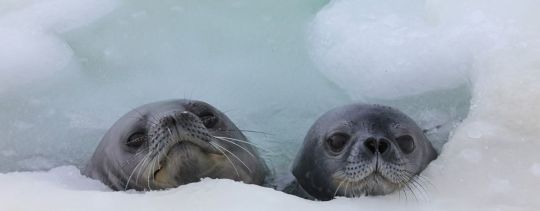
A Weddell seal pup (right) with its mother (left) in a breathing hole in Antarctic ice.
Credit: Linnea Pearson (NMFS permit #21006-01, ACA permit #2018-013 M1)
National Marine Fisheries Service
#linnea pearson#photographer#national marine fisheries service#weddel seal pups#seal#antarctic#animal#mammal#wildlife#nature
893 notes
·
View notes
Text

Chinstrap penguin (Pygoscelis antarctica), Gentoo penguin (Pygoscelis papua), and Adélie penguin (Pygoscelis adeliae)
#penguins#chinstrap penguin#gentoo penguin#adelie penguin#birds#animals#animal art#antarctic#id in alt#postcard prints of this are in my shop!
1K notes
·
View notes
Text

Gentoo penguin and chicks, western Antarctic peninsula.
Patrick J. Andres
Alaskaphotographics.com
51 notes
·
View notes
Text
people who hate giant petrels are so weak. sorry you can't handle how awesome and prehistoric this bird looks <3
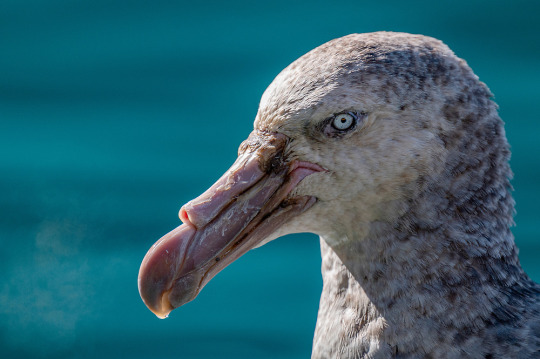
#contact call#there's a couple really cool videos on ebird of the southern species scavenging from a leopard seal kill#my two favourite antarctic animals together...#can someone please ship me to antarctica i want to go there so bad
8 notes
·
View notes